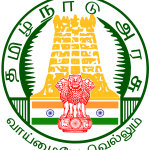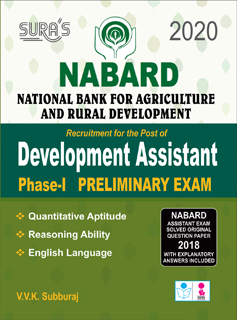
1. Which Hindu National leader supported and led the Khilafat movement ?
A) Sardar Vallabhbhai Patel
B) Rajendra prasad
C) Mahatma Gandhi
D) Jawaharlal Nehru
Explanation : Ans : (C)
The Khilafat movement, also known as the Indian Muslim movement (1919–24), was a Pan islamist political protest campaign launched by Shaukat Ali, Mohammad Ali Jauhar and Abul Kalam Azad to restore the caliph of the Ottoman caliphate, who was considered the leader of Sunni Muslims. It was a protest against the humiliating sanctions placed on the caliph and Ottoman Empire after the First World War by the Treaty of Sevres.
Gandhi decided to extend their support to the Khilafat Movement as this was an opportunity of uniting the Hindus and Muslims.
October 17,1919 was observed as Khilafat Day when the Hindus united with Muslims in fasting and observed a strike on that day. Mahatma Gandhi was elected President of the All-India Khilafat Conference held at Delhi on November 23, 1919.
The Amritsar session of the congress was held in December 1919, which gave a great fillip to the Khilafat agitation.
2. Which of the following Constitutional Amendment states that the appointment of the same person as a governor for two or more states ?
A) 7th Constitutional Amendment
B) 12th Constitutional Amendment
C) 42nd Constitutional Amendment
D) 56th Constitutional Amendment
Explanation : Ans : (A)
The 7th Constitutional Amendment was needed to implement the recommendations of the State Reorganisation Commission regarding the reorganization of the states on a linguistic basis.
Important Provisions of this amendment act are :
Abolished the existing classification of
states into four categories
i.e., Part A, Part B, Part C, Part D states, and reorganised them into 14
states and 6 union territories.
Extended the jurisdiction of high courts to Union territories.
Provided for the establishment of a common high court for two or more states.
Provided for the appointment of additional and acting judges of the high court.
Provided for the appointment of a same person as Governor for two or more states. It has been added to article 153.
3. The government of India’s expenditure is classified as follows
A) Plan and non-plan expenditure
B) Developmental outlays and investment outlays
C) Defence expenditure and internal expenditure
D) Consumption and capital expenditure
Explanation : Ans : (A)
The government of India’s expenditure is classified as follows.
Plan expenditure
Non-plan expenditure
Plan expenditure, also known as development expenditure, is used on government programmes and flagship schemes, whereas non-plan expenditure involves spending on defence, subsidies and transfer to states. The plan expenditure allocation estimates are determined by the Planning Commission whereas in the case of non-plan expenditure, the finance ministry determines than without consultation with the commission.
4. “Twisters” are otherwise known as
A) Tsunami
B) Land slide
C) Earthquake
D) Tornado
Explanation : Ans : (D)
“Twisters” are otherwise known as Tornado. It is a very small intense, funnel shaped very speed whirl wind system. Its speed and direction of the movement are erratic. The winds are always as fast as 500 km ph. The fast moving air converges in the middle and rises up. The uplift is capable of rising dust, trees and other objects in its path. South and Western part of Gulf states of USA experiences frequent tornadoes.
5. What remains constant in carrier wave in frequency modulation ?
A) Amplitude and phase
B) Wavelength and phase
C) Frequency and phase
D) Amplitude and frequency
Explanation : Ans : (A)
When the frequency of carrier wave is changed in accordance with the intensity of the signal, the process is called frequency modulation.
In frequency modulation, the amplitude and phase of the carrier wave remains constant. Only, the frequency of the carrier wave is changed in accordance with the signal.






